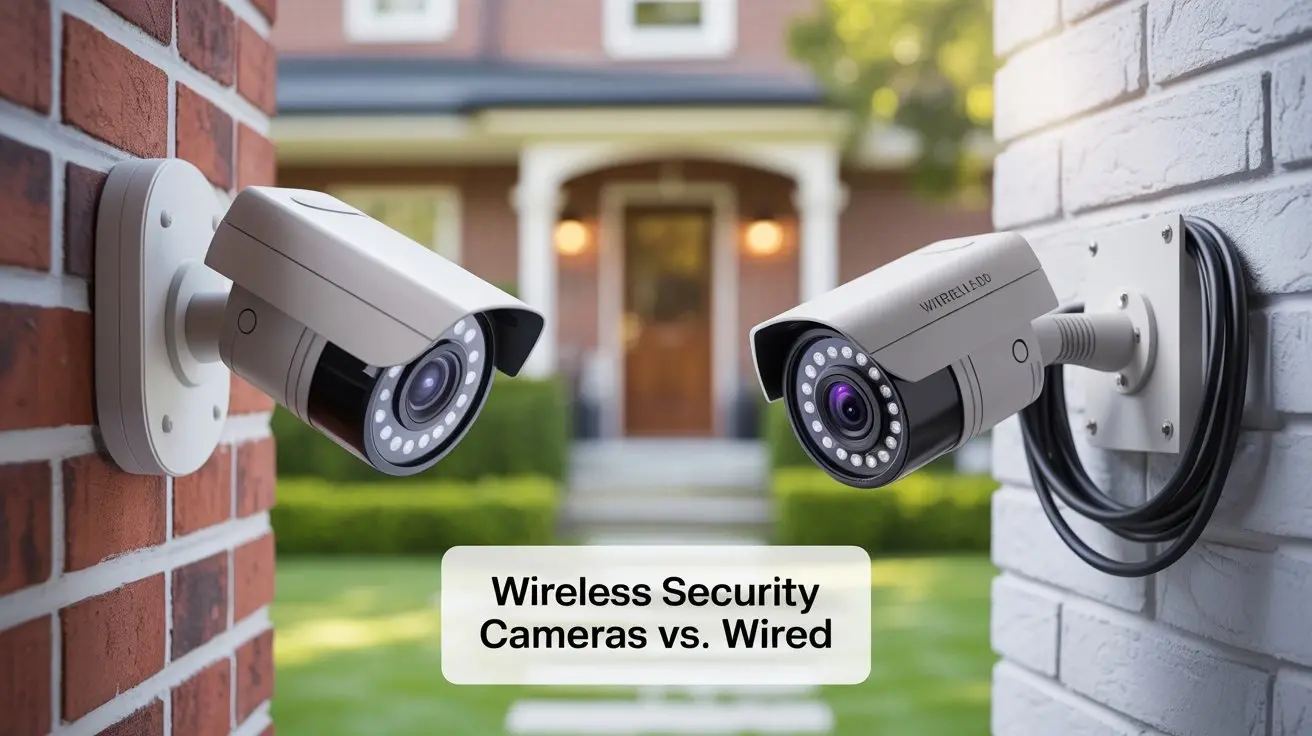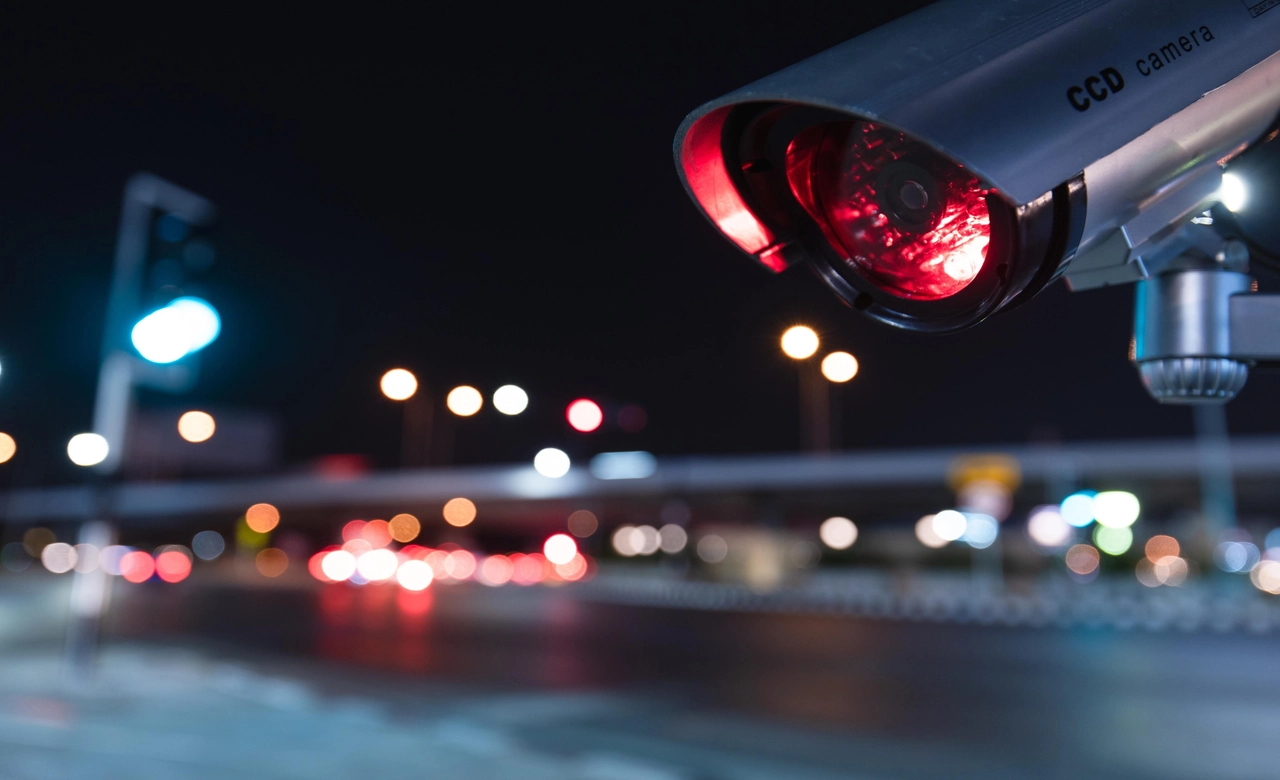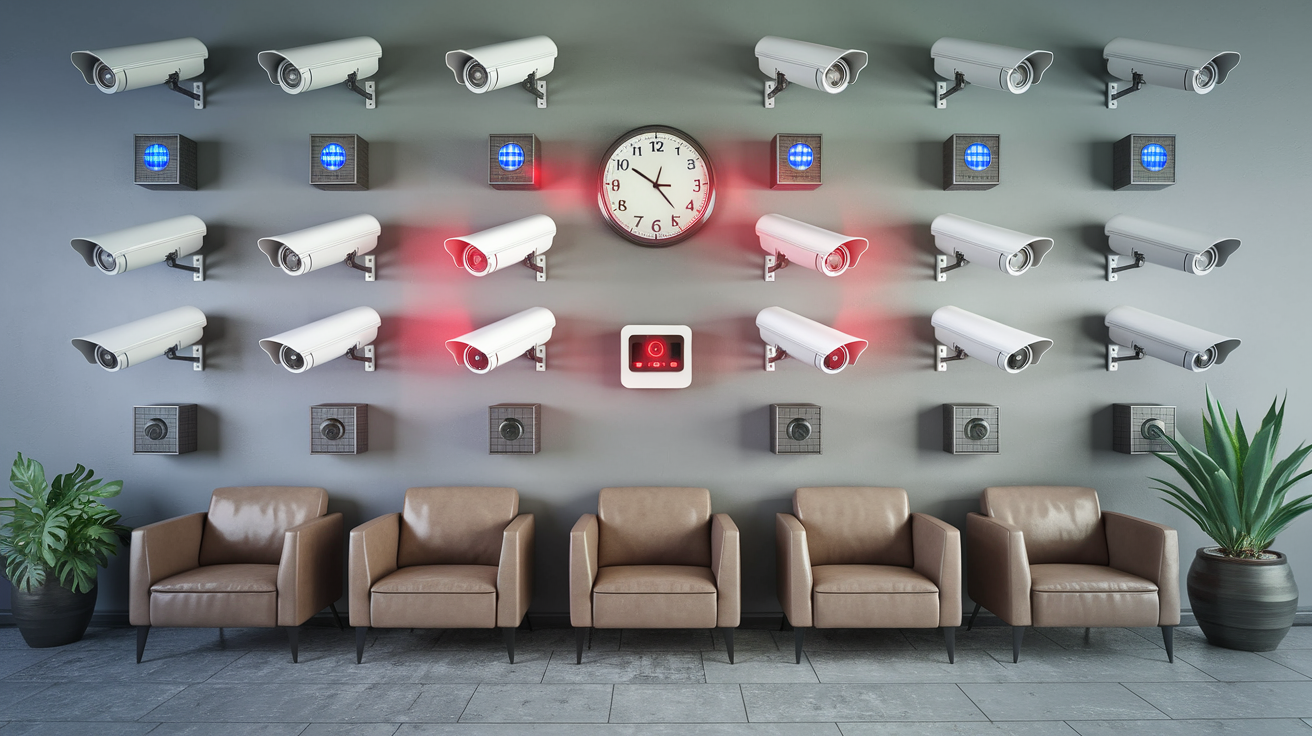Vivint is the type of smart home security system that should make you feel safe since it enables you to keep an eye on your house even when you are not present. However, there is nothing as irritating as when your Vivint cameras disconnect at random times without any vices or your knowledge. Thus, there could be some possible reasons why your Vivint cameras are experiencing connection issues. Here are seven of the most frequent causes of camera disruption and how you can resolve them to get your cameras back online.
Internet Connectivity Issues
The first issue you may be experiencing with your Vivint cameras is internet connectivity issues, which are the primary cause of camera disconnection. Cameras used in Vivint systems are wired to the internet way so that they can send the video feed to your mobile application. If there is a problem with the internet in the home such that the connection to the device is interrupted, then it will lead to the camera showing that it is offline.
Potential internet problems include:
- Internet outage. A given camera cannot connect if, for instance, your internet service is down for some reason such as an outage, or because its provider has altered the network.
- Slow internet speeds. Your internet plan may not offer enough network capacity to support all the devices that connect to it, leading to issues with connectivity.
- WiFi issues. Some issues related to the WiFi network at your home, like the signal not reaching the camera or restricted bandwidth, may lead to offline cameras.
- ISP data caps. Some internet plans have a cap on the amount of data that you can use in a given period, for instance, per month. Exceeding the allotted amount of data can lead to the reduction of the speed or service disruption which is not suitable for cameras.
If you have issues with a large number of Devices connected to the internet, try turning off your modem and router for at least 60 seconds before turning it back on again to reset your connection. It also helps to address if it is a one-time issue. You can also call your Internet Service Provider if the problem remains unresolved.
If you are experiencing slow connection speeds, it may be due to your current bandwidth capacity, and switching to a better internet service provider can be beneficial. Wi-Fi repeaters or mesh systems may also be beneficial in expanding your wireless network for better connectivity.
Power and Electrical Issues
Your Vivint cameras have steady power to be able to run as they are supposed to. Even a momentary interruption of the electricity supply to your camera can log it off. Power-related issues that can impact Vivint cameras include:
- Power outages. In the event of a power failure in your house, you will not be able to access the cameras. They will perfectly reconnect once power is regained.
- Cable damage. Broken cables to an outlet or wires that have been gnawed by rodents can cause a lack of power to the camera.
- Limited battery backup. Vivint wired cameras use batteries, they can operate for approximately 12 hours in case of power failure.
- Solar issues. In Vivint’s case, solar-powered outdoor cameras are affected by no sunlight exposure for battery charging, which impairs connectivity.
- Device interference. Cameras may sometimes lose connection but this is often caused by interference from high-powered units like the microwave should be near the cameras.
Inspect all connections and cables for electrical power to ensure that cords and cables are not damaged and properly plugged into the device. Cleaning of the solar panel to remove dust and proper angle should be maintained to catch the sun rays effectively. Hire protection of structures from pest damage. Assess load requirements to ensure that there is no overloading of circuits as this might lead to short-circuiting. Perhaps an addition of a backup battery could be made to ensure that the car has enough power to complete the journey even when the battery is almost dead.
App and Firmware Problems
The Vivint app and camera firmware are the means through which information transfers between cameras and a mobile device. A mistake at either of these ends can disrupt this communication and cause cameras to go off at random intervals.
Application issues that would contribute to the connectivity issues may include lags, freezes, crashes, or updates that cause momentary instability. Faulty firmware and those that require an upgrade are also known to cause the disconnection of cameras.
In case the problem is related to the application or firmware, try closing and reopening the Vivint application on the mobile device. To remove the error, upgrade the app to the newest version it can support. As a user, you can access your account dashboard and see if there are any camera firmware updates and download them if yes. If the issues are software-related, perform a last option which is to uninstall and download the Vivint app again.
Environmental Factors
In general, weather conditions, fluctuations in temperature, or the precise location of Vivint cameras might pose some risks to their internet connection.
Outdoor cameras will suffer from signal loss during severe hail and storm, or heavy rain affecting the WiFi signal from the house network. Severe low temperatures beyond typical ambient environments render the camera powerless until the temperature rises again. Huge gusts of wind and rapidly oscillating camera movement on mounts can also destroy it for short periods.
This leads to the idea of relocating the cameras to areas that are less exposed to the impact of the weather. This is especially important if the exterior cameras are situated farther from the house; it is possible to use mesh networking products to get closer access to the WiFi signal of the house.
In some instances, home building materials or the structures themselves, on which you are mounting your Vivint cameras, prevent wireless signals necessary for home cameras to operate from certain areas you selected, from getting through. Another limitation includes other wireless signals within your area that may interfere with your network in urban environments.
Sustained images or temporary outages that make the cameras offline may be a result of environmental factors and not necessarily constant camera issues that need repair or replacement. Most of the time, connectivity is lost until such a time that the situation allows for it to reconnect. However, if you have had repeated reliability concerns in some areas, it could be advisable to reposition your cameras at other positions that the ambient signal interrupts.
Camera Malfunctions
In some cases, the root cause of the alerts concerning the Vivint camera offline is due to hardware issues that interfere with the program’s functioning. Potential camera issues include:
- Malfunctions of the cables or the ports that hinder the connections.
- Various other issues interfere with the camera view such as lens obstructions.
- Motion sensor failures
- General depreciation of the electronic components of a circuit due to ordinary usage.
- Accident that causes impact or water damage
Do not sleep on your online alerts and camera video feeds, instead focus on the offline notifications you receive. If a camera hardware issue is believed, perform initial checks such as ensuring lens cleaning, proper cabling, and restarting the hardware if this is applicable. However, if connectivity is lost for a prolonged time or intermittently for reasons not outlined in other sections of this guide, then the camera may require servicing or be a defective model.
Contact Vivint customer support to check for further assistance and what to do regarding your equipment if all other aspects causing cameras to become offline have been ruled out.
Preventing Recurring Disconnectivity
It is common to have intermittent short-duration cameras offline, but several or long-duration connectivity loss signals greater problems that require correcting. Once you believe you've identified the root cause from the possibilities described, take these proactive measures:
- Internet-related issues should be handled by enhancing the broadband connection or modifying the WiFi connection. Adopt the use of range extenders, mesh systems, and or hardwiring devices.
- If power-related, ensure cameras have backup batteries and surround external wires with protective casings. Use a voltage regulator.
- In the Vivint app, check for updates when you get notifications and update the firmware of all devices.
- Consult an electrician regarding your home's electric capacity and conditioning equipment if power outages are familiar to your home.
- Move the outdoor cameras to less stormy areas. Just as in roofs, seal any gaps that may let in moisture or pestilent insects into the house.
- Consult with Vivint support to assess camera malfunctions that require professional repair in case of inability to fix them through simple solutions.
While isolating the connectivity problem sources requires time, such an approach proves useful when working on camera reliability issues in the long run.
Protect your home today with ADT’s top-rated security solutions!
Call now at +1 877-470-7879 to get a free consultation and find out how you can secure your home with the best in the business. Don’t wait—ensure your peace of mind with ADT!





